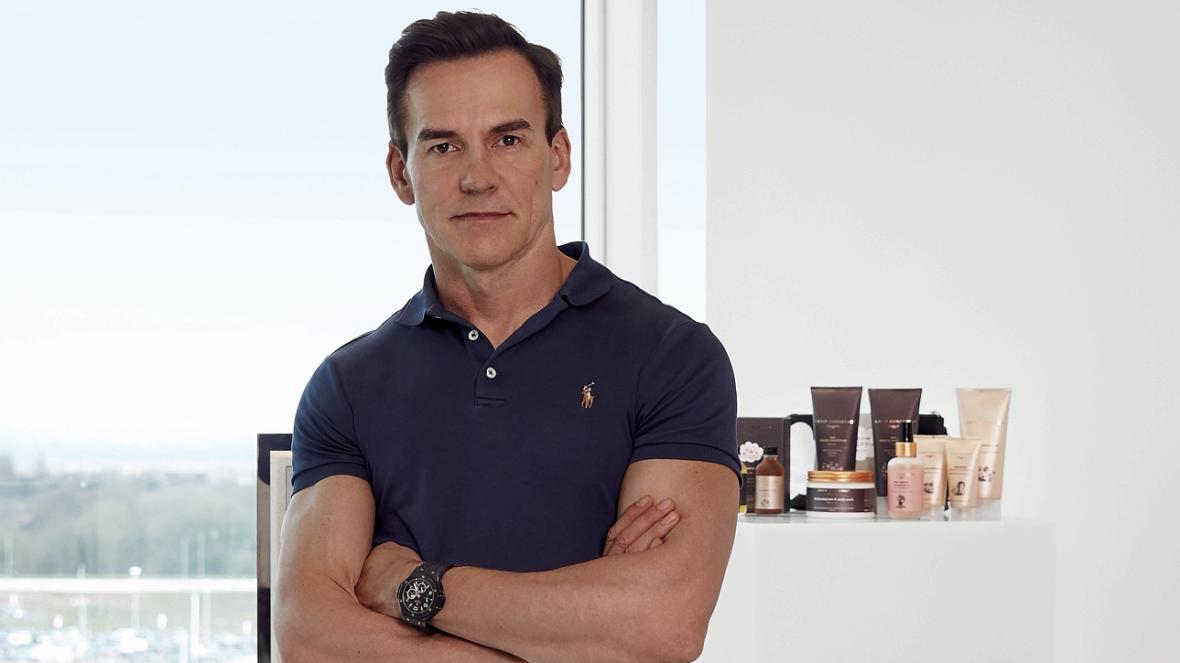We take a look at what happened at the world’s largest philanthropy forum.
Image used courtesy of CAF. Image rights reserved by The Sunday Times and CAF.
The Sunday Times Giving List 2021 –
Giving List underscores emerging growth trends in UK high-net-worth giving
The Sunday Times Giving List in 2021 marked the year of the newcomer with 43 new names in the list this year. Collectively these newcomers gave £900 million in 2020. For comparison, exactly the same number of newcomers emerged in the previous year’s list, but they gave just shy of £300 million. Among this new wave of wealthy donors, the Sunday Times celebrated Marcus Rashford’s £20 million fundraising effort for FareShare.
More significantly in terms of personal giving, Matt Moulding and Peter Hargreaves topped the crop of fresh faces in this year’s list having both injected £100 million into charitable foundations at the start of 2020. David and Simon Reuben also feature in the latest list following their £80 million to endow a new postgraduate college at Oxford University.
Among all 200 individuals on this year’s list, the Sunday Times reported 36% growth in giving to £4.3 billion, from the £3.2 billion recorded last year. Average donations also increased to £21.3 million from £16.8 million last year.
The full list includes 128 individuals and families who have appeared consistently on the last three Giving Lists. Collectively, the donations of this peer group also grew during the year up almost 10% at £3.2 billion, an increase of £280 million from last year’s list.
For the second year running, this elite peer group has given more than 2% of their wealth. By contrast, this year’s newcomers gave just over 1% of their total wealth.
When considering established donors, comparing donations with trends in endowment investment income is as important as considering gifts as a percentage of a family’s wealth. Established donors typically give from a charitable trust or foundation that relies principally on investment income from the endowment to fund its gifts.
The Sunday Times noted that the charitable assets of the families on the Giving List fell £750 million during the year, making this year’s 10% increase in giving among the established elite givers even more significant.
Wealth holders may well have dipped into family wealth and other assets to maintain their giving levels through the pandemic. Covid and the social movements that emerged through 2020 were undoubtedly motivating factors encouraging established donors and newcomers to give at higher levels.

Matt Moulding’s £100m contribution will largely tackle domestic violence and homelessness in the north of England. All image rights reserved by The Times.
However, not all giving on the list was Covid related and the growth in elite giving in the 2020 Giving List is only one of a number of indicators that show a pattern of long-term growth.
HMRC data released in February shows the total value of all donations by individuals with gross income above £100,000 reached £2.22 billion in 2019 (the latest year for which data are available), up £75 million from £2.15 in 2018. Since 2015, average growth in giving among this group has been 8% a year.
The 2020 DAF Report1 from National Philanthropic Trust UK (NPT UK) shows a similar trend with an average annual growth rate in contributions to donor advised funds (DAF) of 21% since 2015. NPT UK reported total contributions of £609 million in 2019, up £87 million from the £522 million in 2018. Total charitable assets available for giving by DAF holders stood at £1.7 billion.
Capturing different components of the UK’s philanthropic landscape, these indicators provide a positive snapshot of high-net-worth giving which has continued to grow in spite of considerable economic and political uncertainty.
Last year was an exceptional year when the health and economic crisis compounded social needs. Through the year, giving levels rose among established and elite donors alike and cascaded through the ranks of the wider wealthy. It was a year that highlighted the UK’s high-net-worth population is increasingly stepping up to the plate and is more likely to give when there is a tangible need, a call to action and when their giving is valued as part of a wider effort.
